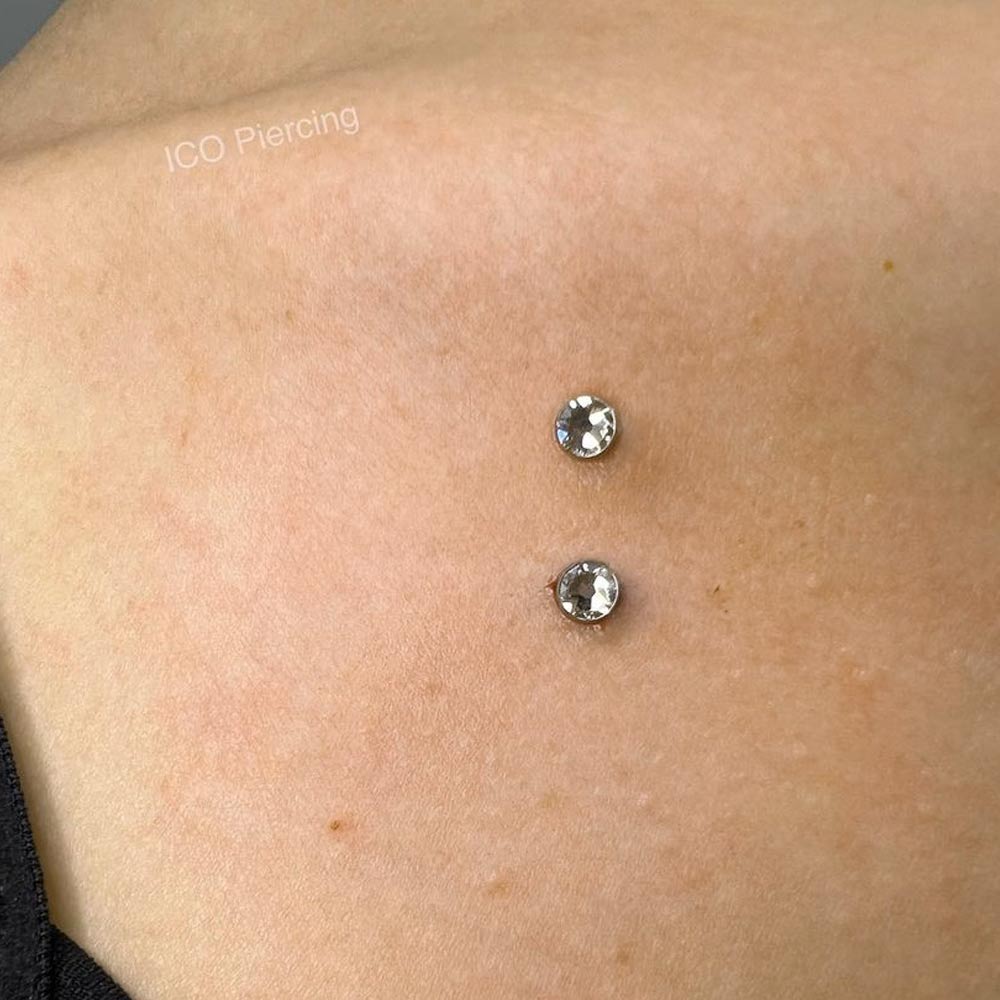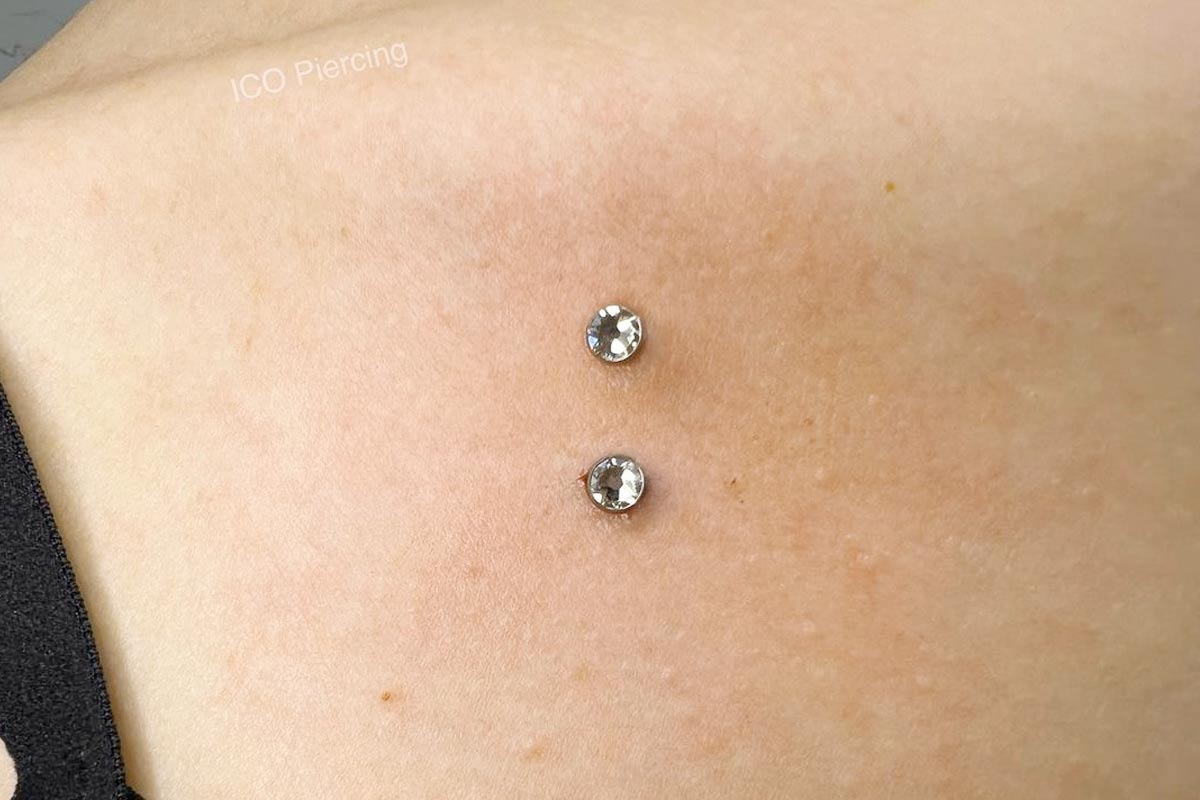Welcome to our unique content on the topic “Can I Push My Dermal Back In?” Discover useful tips and information on safely dealing with dermal piercings. Let’s dive in!
Can I Push My Dermal Back In?

If you notice that your dermal piercing is protruding more than usual, you might be tempted to simply push it back in. However, this approach is ineffective. The reason your dermal piercing is being pushed out is due to your body’s natural response.
It cannot be easily reinserted by force. Attempting to forcefully push it back in will cause unnecessary harm to your body. Even if you manage to temporarily push it back in, your dermal piercing will inevitably be pushed out once your body initiates the process.
Can I put my dermal back in?

If your dermal piercing becomes dislodged, it can often be promptly reinserted into the original hole if you act swiftly. However, the extent of damage and the cause of its displacement may necessitate allowing the area to heal before considering re-piercing. When reinserting the piercing, most professional piercers will use new, sterile jewelry to minimize the risk of infection in the damaged skin.
Should you decide to have the dermal piercing removed, your piercer can easily accomplish this using specialized tools. It is unlikely that a punch will be used for removal, as it is unnecessary to create another opening in the skin. Instead, the anchor can be gently extracted. Please be aware that a small scar may remain at the site where the dermal was located after its removal.
Can you reset a dermal piercing?

The effectiveness of repositioning a dermal piercing depends on the stage of rejection. It has been suggested that once the dermal has shifted, it cannot be returned to its original position. While this information is based on research findings, personal beliefs may vary.
For individuals experiencing issues with their dermals, wearing lululemon pants can provide relief. These lightweight pants allow the piercings to breathe and can assist in keeping them in place or readjusting them. If the dermal is swollen or the skin around the anchor feels firm, it may appear as if the dermal has moved. However, once the swelling subsides, the dermal should realign itself.
Proper care is essential when a dermal begins to reject or show signs of irritation. Soaking the piercings in a salt water solution is recommended. A personal salt water preparation can be made by filling a large glass with the solution and submerging the piercings. Tilting oneself backward with the glass and piercings allows for a five-minute soak. This method has been more effective than spraying saline solution and allowing it to sit.
However, individual experiences may vary, and it is important to understand one’s own healing process. Sensitivity makes it challenging to discern the impact of various treatments. In my personal experience, my dermals improved without using saline solution, although I cannot confirm if it was a direct cause or a coincidental part of their healing process. Maintaining dryness is crucial, and after soaking, the piercings can be gently cleaned with unbleached tissue paper (such as hydrogen peroxide-free toilet paper).
The salt water soak should be repeated three times a day, and during showers, a bandage should cover the dermals to prevent water exposure. It is worth noting that fluoride and certain soaps may adversely affect dermals.
Following this routine and practicing the salt water preparation can lead to significant improvement in dermals. I initially believed my dermals were beyond repair, but establishing this maintenance routine proved otherwise.
Salt water preparation:
1. Boil water
